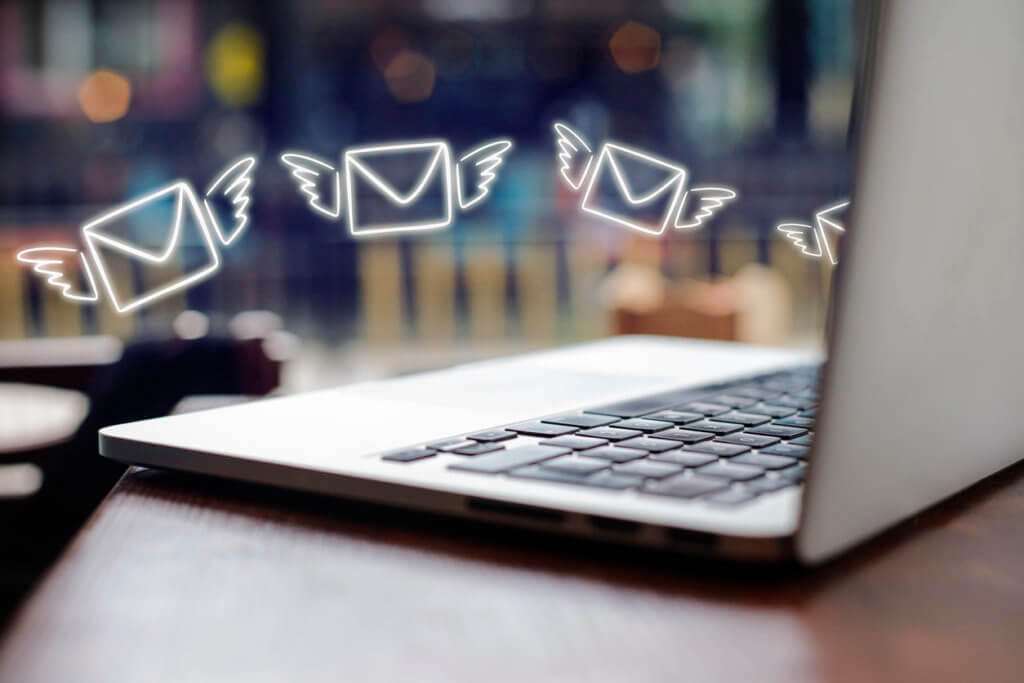Email marketing automation can help you save time, increase your ROI, and deliver a better experience to your subscribers.
Email marketing automation sends targeted emails to subscribers automatically.
Email marketing automation allows you to continue building a relationship with your subscribers over time.
In addition to saving time, email marketing automation provides a better customer experience and boosts revenue.
This article is for business owners aiming to streamline their email marketing campaigns.
If you’re looking for a way to bring in and convert new leads, email marketing is still one of the best strategies out there. Email marketing allows you to connect with your customers and send them automated, personalized content.
Not only is this marketing strategy an efficient way to connect with your customers, it’s the most cost effective. One study found that every $1 spent on email marketing generated an average ROI of $38. And 78% of marketers have seen an increase in their email engagement over the past year.
Fortunately, email marketing automation is a lot easier to set up than you may think, even if you’re new to email marketing. Once you understand the basics, you’ll be well on your way to providing this benefit to your customers.
What is email marketing automation?
Email marketing involves sending targeted emails to groups of your subscribers. This could be a weekly newsletter, information about your products or services, or just general information about your company.
Editor’s note: Looking for the right email marketing solution for your business? Fill out the below questionnaire to have our vendor partners contact you about your needs.
With email marketing automation, these emails are sent without your constant involvement. You set up automatic workflows, and when a customer signs up for a free lead magnet or makes a purchase, they will receive an email or a series of emails.
Email marketing automation allows you to continue building a relationship with your subscribers over time. When you plan your campaign, you’ll decide who it targets and your campaign’s purpose.
From there, you’ll decide how many emails to include and how frequently your customers will receive these emails. Once you schedule your campaign, the emails will be delivered automatically.
Read more: Email Marketing Automation Guide
